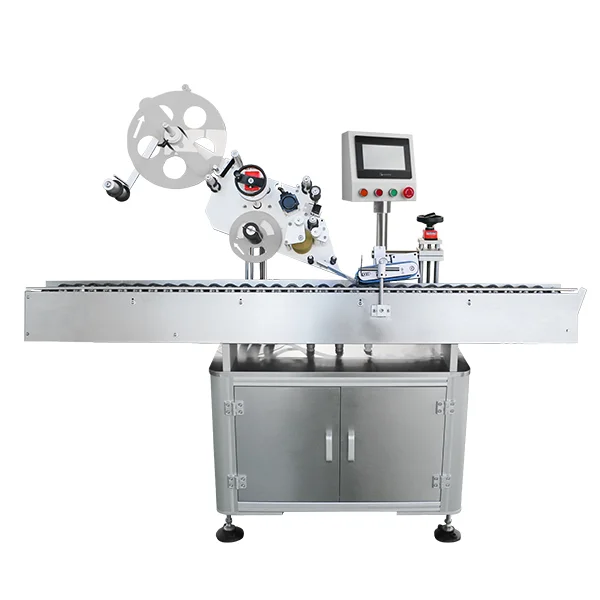When it comes to home improvement, one often overlooked area is the insulation of existing concrete floors. Whether you're dealing with a chilly basement, a garage, or a ground-level living space, properly insulating your concrete floor can significantly enhance comfort, energy efficiency, and overall livability. In this comprehensive guide, we will explore the best methods for insulating an existing concrete floor, considering various factors such as cost, effectiveness, and installation complexity.
Understanding the Importance of Insulation
Before diving into the methods of insulation, it's essential to understand why insulating a concrete floor is crucial. Concrete is a highly conductive material, meaning it can absorb and transfer cold temperatures from the ground, leading to uncomfortable living conditions. Insulation helps to create a thermal barrier, reducing heat loss in winter and keeping spaces cooler in summer. This not only enhances comfort but also contributes to energy savings by reducing heating and cooling costs.
Assessing Your Space
The first step in insulating your existing concrete floor is to assess the specific conditions of your space. Consider the following factors:
- Moisture Levels: High humidity or moisture can lead to mold growth and damage. It's crucial to address any moisture issues before insulation.
- Floor Use: The purpose of the space will influence your insulation choice. For example, a living area may require a different approach than a garage or workshop.
- Existing Flooring: Determine whether you will be installing insulation beneath existing flooring materials or if you will be removing them.
Best Methods for Insulating Existing Concrete Floors
- Foam Board Insulation
One of the most effective methods for insulating concrete floors is using rigid foam board insulation. This method involves the following steps:
- Preparation: Clean the concrete surface thoroughly to remove any debris or moisture.
- Installation: Cut foam boards to fit the dimensions of the floor. Lay the boards directly on the concrete, ensuring they are tightly fitted to minimize gaps.
- Sealing: Use spray foam or caulk to seal the edges and joints of the foam boards to prevent air leaks.
- Covering: Finally, install your chosen flooring material over the foam boards. This could be laminate, carpet, or tile.
Pros: Foam board insulation is highly effective, provides excellent thermal resistance (R-value), and is relatively easy to install.
Cons: It can be more expensive than other methods, and the thickness of the foam boards may raise the floor height.
- Spray Foam Insulation
Spray foam insulation is another excellent option for insulating concrete floors, particularly in spaces with irregular shapes or hard-to-reach areas.
- Preparation: Similar to foam board insulation, ensure the concrete is clean and dry.
- Application: A professional will spray the foam directly onto the concrete surface. The foam expands to fill gaps and create a seamless thermal barrier.
- Curing: Allow the foam to cure as per the manufacturer's instructions before covering it with flooring.
Pros: Spray foam provides superior insulation and air sealing properties, making it ideal for energy efficiency.
Cons: This method typically requires professional installation, which can increase costs.
- Insulated Floor Mats
For a less permanent solution, insulated floor mats can be an excellent choice, especially in spaces like garages or workshops.
- Selection: Choose high-quality insulated mats designed for floor insulation.
- Installation: Simply lay the mats over the concrete floor. They can be easily removed or replaced as needed.
Pros: This method is cost-effective, easy to install, and provides immediate comfort.
Cons: Insulated mats may not offer the same level of thermal resistance as foam board or spray foam insulation.
Addressing Moisture Issues
Regardless of the insulation method chosen, addressing moisture is critical. Consider the following strategies:
- Vapor Barriers: Install a vapor barrier beneath the insulation to prevent moisture from seeping through the concrete.
- Dehumidifiers: Use dehumidifiers in damp areas to control humidity levels.
- Drainage Solutions: Ensure proper drainage around the foundation to prevent water accumulation.
Conclusion
Insulating an existing concrete floor is a worthwhile investment that can enhance comfort and energy efficiency in your home. By understanding the various insulation methods available and considering the specific conditions of your space, you can choose the best approach for your needs. Whether you opt for foam board insulation, spray foam, or insulated floor mats, the benefits of a well-insulated concrete floor are undeniable. Take the first step towards a more comfortable living environment today!


